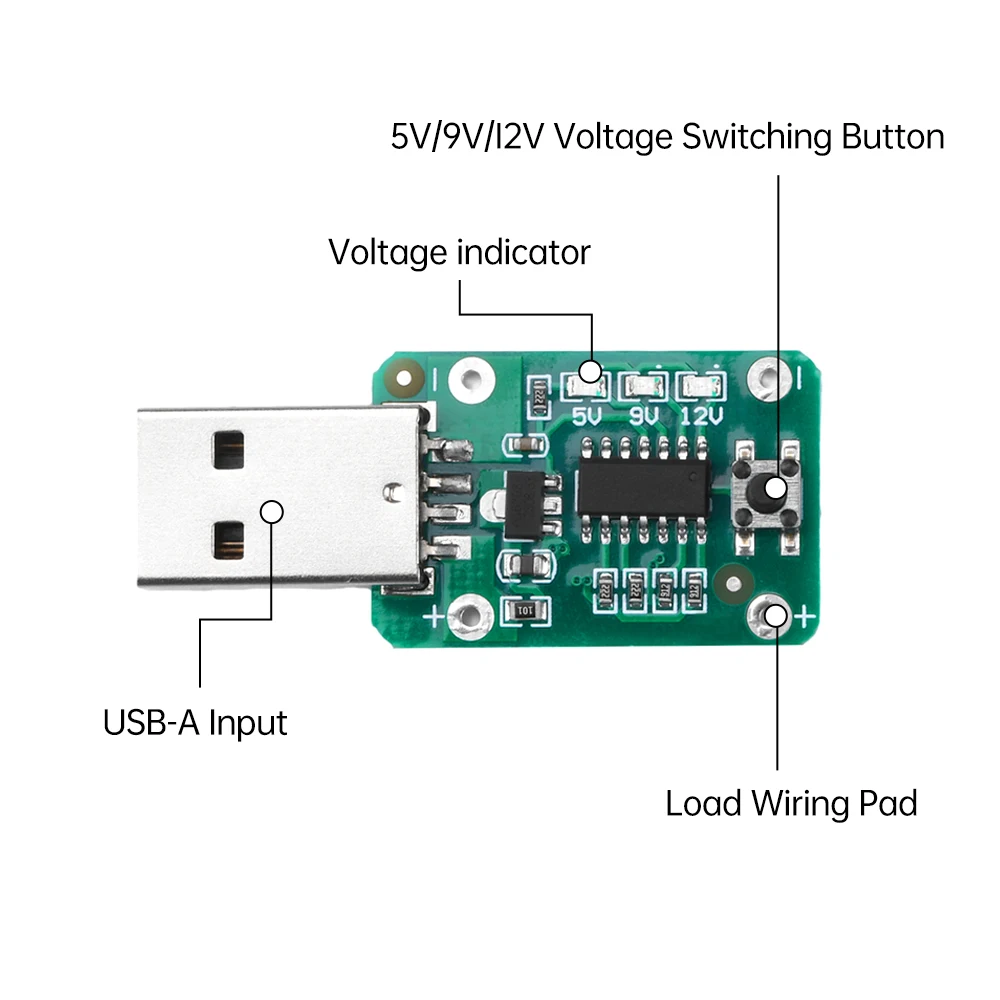IIRC different species of frogs make wildly different sounds, so all of the languages might just be what type of frog lives in that country.
- 1 Post
- 230 Comments

 2·15 days ago
2·15 days agoI mean, it’s bits of configuration all over the place that I’ve built up over time. It isn’t a single script on one machine, and you’d need to change a lot of things if you weren’t running Slackware. I can’t really copy and paste it all.

 9·16 days ago
9·16 days agoNetwork namespaces and policy based routing are black magic, IMO.
I’ve got a VPN set up on my router and separate VLANs set up for ordinary traffic and VPN traffic. A device doesn’t need to support VPNs at all, I just connect it to the VPN VLAN and all its traffic goes over the VPN whether it likes it or not. I’ve got separate wifi SSIDs for each VLAN.
My desktop is connected to both VLANs with a network namespace set up for the VPN VLAN, so
sudo vpn rtorrentruns rtorrent in the namespace that’s connected to the VPN VLAN.My setup is nice, but I wouldn’t recommend it to anyone who doesn’t want to learn quite a bit about networking.

 7·24 days ago
7·24 days agoYeah, but because pricing jumped like someone set a firecracker off under it’s chair people are actually still using vintage GPUs.

 1·26 days ago
1·26 days agoWhatever compromise anyone tries to come up with will be ignored and exploited as hard as advertisers possibly can.
A compromise that actually works would depend on advertisers actually complying. The advertisers that do will be vastly outnumbered by the advertisers that don’t.
So we’re getting the arms race either way.

 4·28 days ago
4·28 days agoQC 2.0 is proprietary but it would probably still be identified as a device on a standard USB port. For $2 it’s probably worth giving one a try, anyway.

 3·28 days ago
3·28 days agoLooking at the PD spec I got the impression devices are supposed to pull the D+ pin up to a certain voltage, but I got lost partway through.
OP asked for the easiest way and deciphering the spec docs probably isn’t it.

 755·1 month ago
755·1 month agoI’m not interested in my computer striking a balance between my needs and the needs of people seeking to manipulate me into buying things.
I paid for my computer, it serves my needs. Yes I do run Linux, how did you guess?

 4·1 month ago
4·1 month agoat least, not with my 1080p monitors, which I prefer over higher-res ones
Blasphemy!
4k monitors are beautiful for normal desktop usage, making text crisp and clean with smooth curves and none of that blockiness that comes from low resolution, and with modern scaling settings you can even have 4K text and 1080p graphics at the same time with the same performance as native 1080p.
Nobody went and flipped the breaker for the jacuzzi? People like that obviously need practice dealing with inconveniences.

 1·1 month ago
1·1 month agoMint 22 would be straightforward, at least: https://linuxmint-user-guide.readthedocs.io/en/latest/upgrade-to-mint-22.html

 6·1 month ago
6·1 month agoMint 21.3 might be a bit too ‘stable’ for your new GPU.
Linux graphics move fast. You generally won’t have a good experience with an older distro and a brand new GPU.

 322·1 month ago
322·1 month agoThe devs have been working hard to hammer out those troublesome edge cases. There’s a lot less of them than there was a year or two ago.

 7·1 month ago
7·1 month agoIIRC Nvidia needs explicit sync support to work reliably. It’s fairly new and might not have landed in some distros, especially the stable releases.

 37·1 month ago
37·1 month agoRussia’s actual nuclear policy has been “fire nukes if Putin says so” for decades. This paperwork doesn’t represent a real change.

 103·1 month ago
103·1 month agoNo, it’s the opposite - they’re saying that this isn’t a change in Russia’s behaviour.

 7·1 month ago
7·1 month agoIPv6 has privacy addresses, though. Stuff on my network generates a new random address every day and uses that address for outgoing connections, so you can’t really track individual devices inside my network.

 7·1 month ago
7·1 month agoIPv6 has a policy of throwing more address space at stuff to make routing simpler, though.
IPv4 will individually route tiny slices of address space all over the world, IPv6 just assigns a massive chunk of space in the first place and calls it a day.




Why won’t the government just give them the money and trust that they’ll do what they said? It worked out great paying companies to roll out fiber years ago, that’s why we’re all on reliable, high speed fiber internet today.